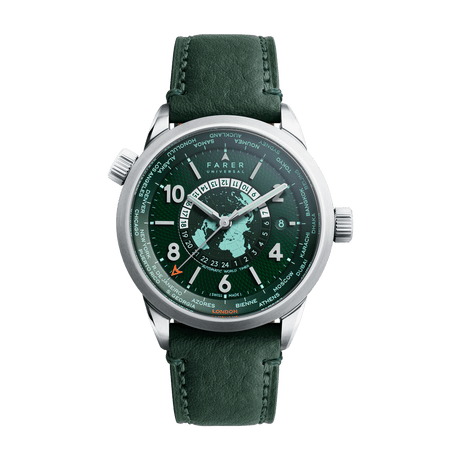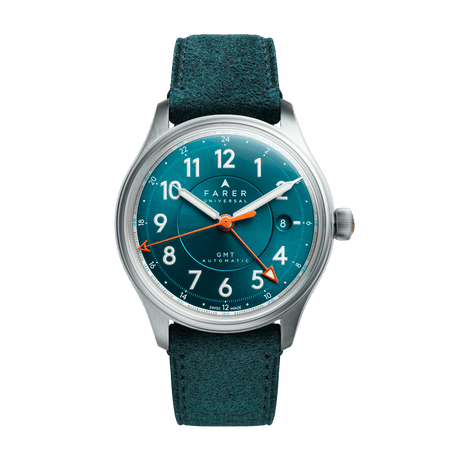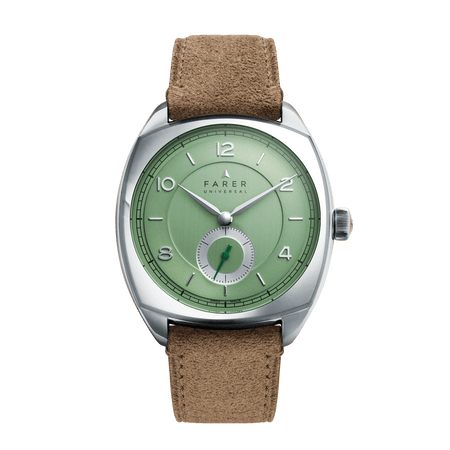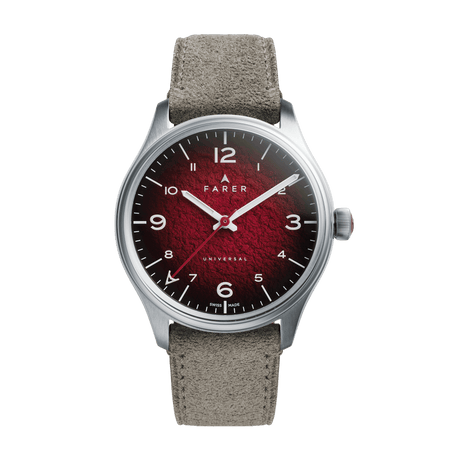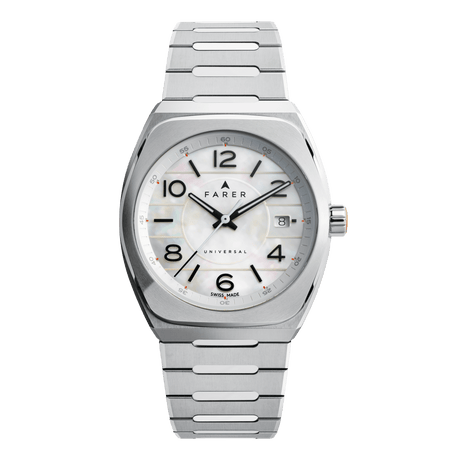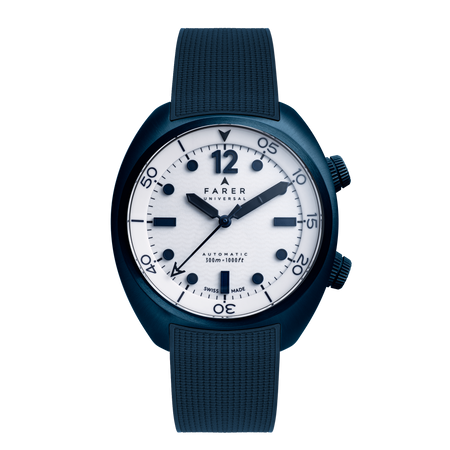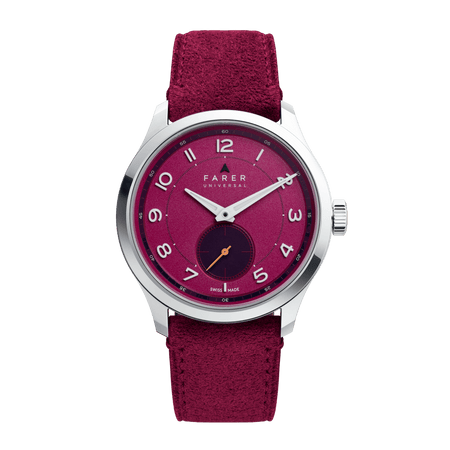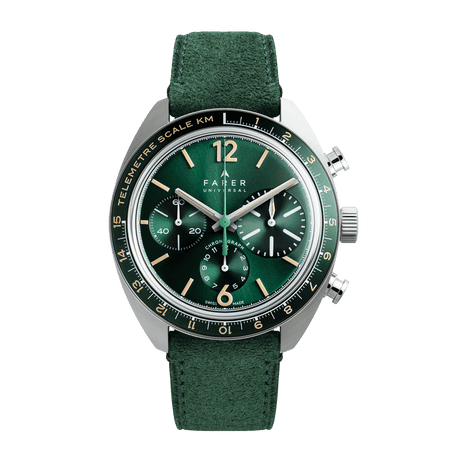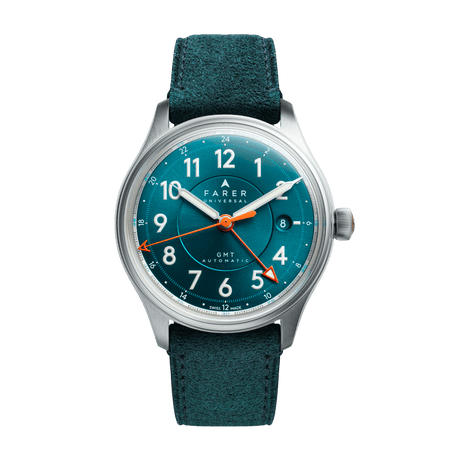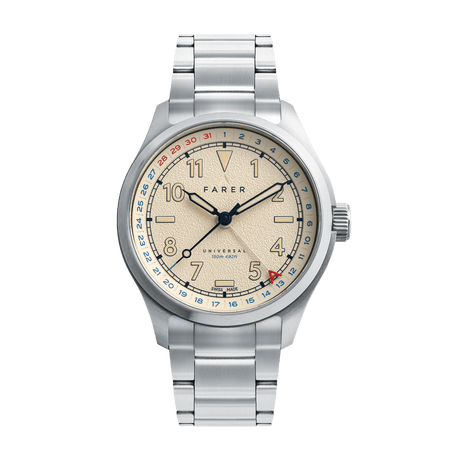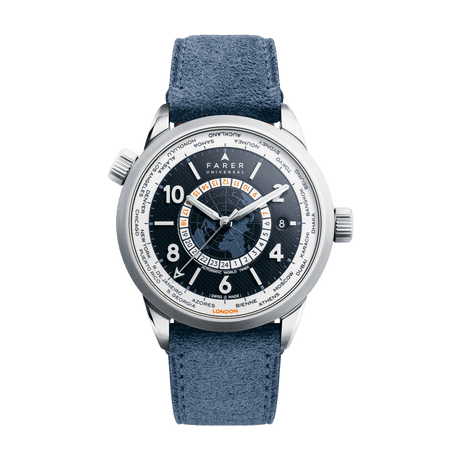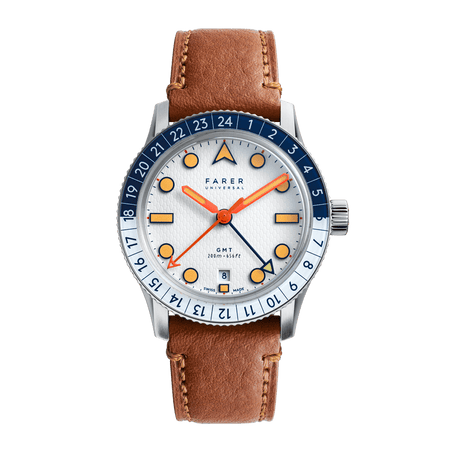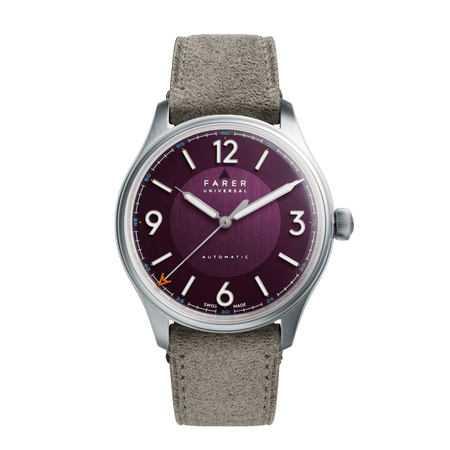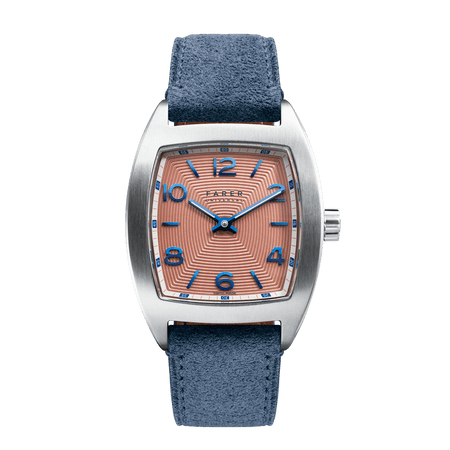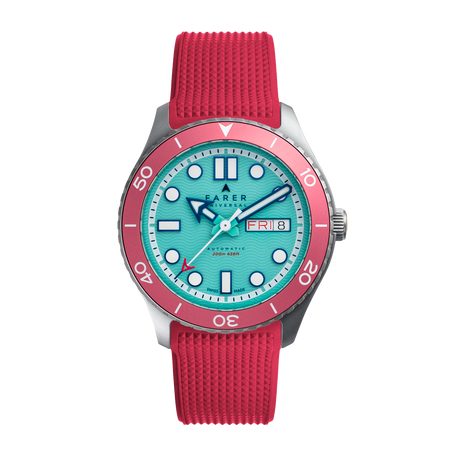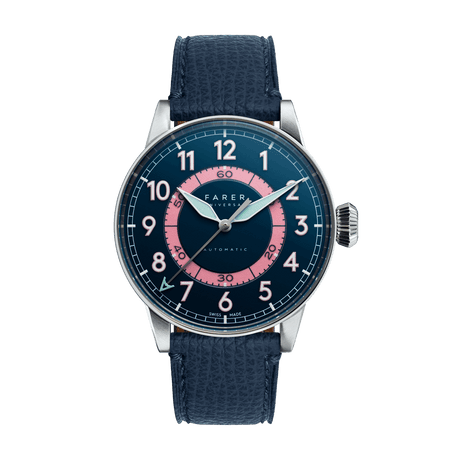Why Sellita's Watch Movements Are So Popular
When it comes to movement manufacturers, Sellita is undoubtedly one of the most well-known. The company was founded in 1950, but it is in the last decade or so that it has risen to prominence. This is chiefly because of ETA’s decision to stop supplying movements to third parties outside of the Swatch Group, which created a void in the market that Sellita was only too happy to step up and fill.

The irony is that for many years Sellita were contracted by ETA to produce their movements under license and expand ETA’s manufacturing capacity. On top of this expertise, ETA’s older movement designs, such as the venerable 2824, are now in the public domain, which has allowed Sellita to develop their own versions. These two points allowed Sellita to dominate the market for affordable Swiss-made calibres, and they are now the main supplier in the industry.
However, at times this ubiquity has worked against Sellita, and its movements are often unfairly derided because of how commonplace they are. This criticism is rather odd, as it completely ignores that Sellita's movements are so popular because they are a great blend of quality and price.

That quality is immediately apparent if you visit Sellita’s head office. Whilst most watch enthusiasts are familiar with the brand and its reputation, few are aware of the scale of its facilities. The main Sellita factory is in La Chaux-de-Fonds, amongst such illustrious company as Breitling, Breguet, Cartier, and Tag Heuer. It’s a sprawling state-of-the-art facility, containing the wide variety of machinery and equipment needed for movement production on a vast scale.
The number of aspects of movement production that Sellita controls is impressive. For starters, it has its own movement-blank factory called Gurofa, which is located near Glashütte. Then there are two in-house laboratories, with one dedicated to material analysis, to support its product development.

Sellita produces as many of the constituent parts of their movements as possible, including balance wheels, ball bearings, and escapements. It even goes so far as to design and manufacture the machines that produce the components of its various calibres. How’s that for attention to detail? Furthermore, another Sellita subsidiary, Technicor, specializes in electroplating and movement decoration.
With such an expansive list of capabilities, Sellita could easily be considered one of the most vertically integrated businesses in the watch industry. It’s a meticulous approach that has held the company in good stead. Not only has it been able to grow significantly over the past two decades, but it is now perfectly positioned to maintain its dominant position for the foreseeable future.

Though Sellita is known for its clones of ETA calibres, the company isn’t resting on its laurels. Over the years it has continued to upgrade the original ETA designs, improving performance in areas such as power reserve. Sellita are also continually developing new calibres to expand its offering, and now has a sub-division called Manufacture AMT, that supplies higher-end movements to select clients. It’s also worth noting just how many complications Sellita offers, with a multitude of options from simple three-hand movements to chronographs, GMTs, moon phases, and many more, most of which are available in either hand wound or automatic versions.
Further evidence of Sellita’s quality is that they are so well-regarded that they supply movements to their industry peers. Even haute horology manufacturers such as Dubois Dépraz use Sellita’s movements as the base for their own complication modules. For example, the DD2022 calibre used in our Classic Chronographs uses a Sellita SW300 as its base, with the chronograph module mounted on top.

When you consider just how much Sellita produces, and the quality of its products, it becomes very obvious that it is the unsung hero of the watch industry. Though Sellita humbly believes in staying out of the limelight, and letting the brands it supplies take the credit, it is undoubtedly one of the linchpins of the Swiss watch industry. As such, we feel it deserves a lot of respect for its ability to provide such high-quality calibres with a wide array of complications to independent brands such as ourselves. This is why we are pleased to use a wide range of Sellita calibres across our catalogue. From the SW200 in our Aqua Compressor collection to the SW330-2 in our GMTs, and the SW530 range in our Monopusher GMT collection.
